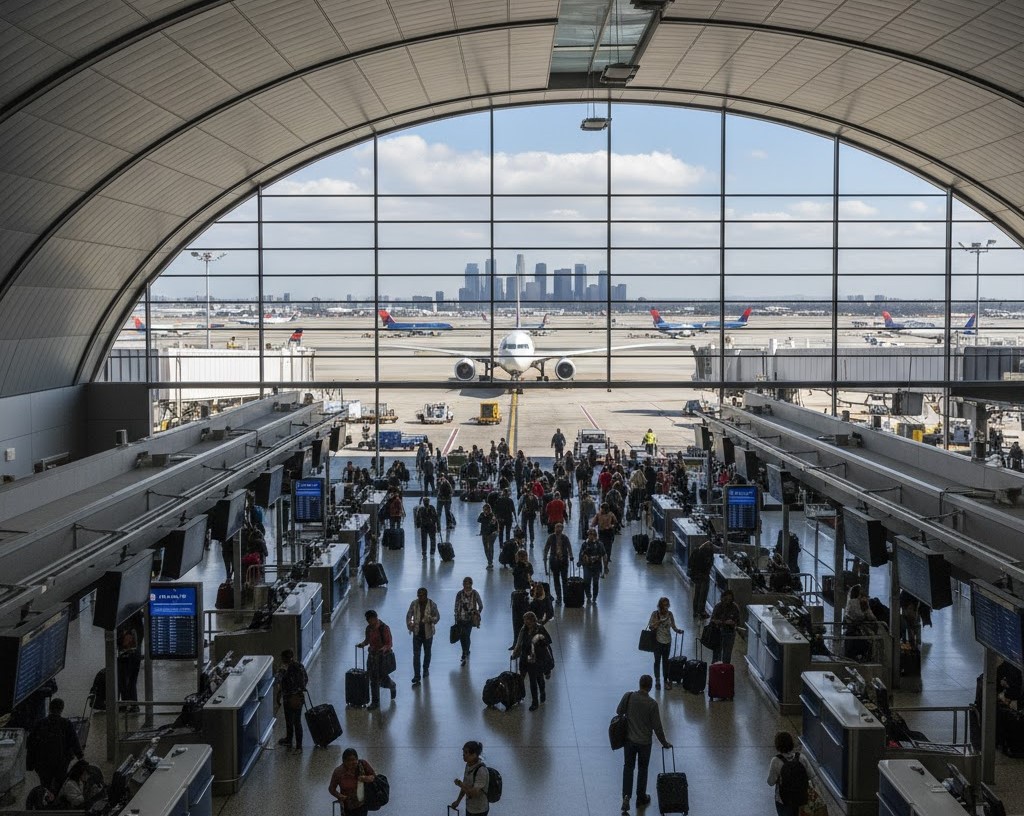Your vehicle’s windshield is more than a simple sheet of glass—it’s a key structural and safety component that protects passengers and supports advanced driver-assistance systems. When damage occurs beyond repair, selecting the correct windshield replacement becomes a vital step in restoring your car’s safety and performance.
Many drivers assume all windshields are the same, but the reality is far more complex. Materials, coatings, sensors, and even the tint of your glass can vary widely depending on your vehicle’s make and model. Choosing incorrectly can lead to fitment issues, sensor malfunctions, and reduced visibility.
That’s why working with experts such as First Coast Mobile Glass can make all the difference. With the right knowledge and care, you can ensure that your new windshield matches your vehicle’s design, safety systems, and driving needs perfectly.
Understanding When a Windshield Replacement Is Necessary
Not every crack means an immediate replacement, but certain types of damage leave no other option. If the crack is longer than six inches, spreads into the driver’s line of sight, or compromises the edges of the glass, it’s time for a full windshield replacement.
In modern cars, the windshield contributes to cabin strength, rollover resistance, and proper airbag deployment. A compromised windshield can’t provide the same level of protection during an impact. Replacing it promptly restores structural integrity and helps maintain compliance with safety regulations.
Before scheduling service, take note of any sensors or cameras connected to your glass. This will be important when selecting the correct replacement type later in the process.
The Difference Between OEM and Aftermarket Glass
One of the most important decisions in the windshield replacement process is choosing between OEM (Original Equipment Manufacturer) and aftermarket glass.
OEM glass is produced by the same manufacturer that supplied your car’s original windshield. It matches your vehicle’s specifications exactly—same shape, thickness, tint, and safety features. Because it’s built to your car’s exact design, it ensures proper alignment with ADAS sensors and maintains your vehicle’s intended visibility and noise reduction.
Aftermarket glass, on the other hand, is made by third-party companies. While it often meets federal safety standards and can be more affordable, it may differ slightly in fit or optical clarity. These differences are usually minor but can become noticeable in certain vehicles, especially those equipped with advanced sensors.
Discussing these options with professionals like First Coast Mobile Glass helps you weigh the benefits of each choice and select the one that fits your safety expectations and budget.
Matching the Windshield to Your Vehicle’s Features
Every vehicle model has its own windshield specifications. Beyond size and shape, features such as rain sensors, lane departure cameras, and solar coatings must be considered. Failing to choose the right configuration can result in malfunctioning sensors or incorrect calibration.
Here are some common windshield features that may affect your choice:
- ADAS Compatibility: Vehicles with driver-assistance systems require specialized glass designed for proper sensor alignment.
- Acoustic Interlayers: These reduce road and wind noise, improving cabin comfort during drives.
- Solar Protection Coatings: UV-filtering and heat-absorbing layers help regulate cabin temperature and protect interior materials.
- Antenna and Heater Lines: Some windshields include integrated elements for better reception and defogging.
By selecting a windshield that aligns with your vehicle’s exact features, you ensure optimal performance and maintain factory-level safety standards.
Why Proper Installation Matters
Even the best windshield replacement glass will fail to perform if it’s not installed correctly. Proper installation involves precise placement, the use of manufacturer-approved adhesives, and adherence to curing times that ensure a secure bond between the glass and vehicle frame.
A poorly installed windshield can lead to leaks, wind noise, and even complete separation during a collision. Professional installers follow strict procedures to ensure your new windshield forms a perfect seal that supports both the roof structure and airbag system.
Reputable companies such as First Coast Mobile Glass employ certified technicians who use high-quality materials and adhere to manufacturer standards during every installation. This commitment ensures that your new windshield looks great, performs safely, and lasts for years to come.
The Role of ADAS Recalibration
Many newer vehicles are equipped with Advanced Driver Assistance Systems (ADAS) such as lane-keeping alerts, forward-collision warnings, and automatic braking. These systems rely on sensors mounted on or near the windshield.
When a windshield replacement is performed, these sensors must be recalibrated to function accurately. Even a small deviation in camera angle can cause the system to misread lane markings or obstacles.
A professional shop with calibration equipment can complete this step during or immediately after the installation. This ensures that your safety features continue working correctly and that your car meets manufacturer specifications. Ignoring recalibration can lead to system errors and compromised safety performance.
How Long Does the Process Take?
Most windshield replacements take one to two hours to complete, depending on the complexity of your vehicle’s setup. However, the adhesive used to bond the new glass requires additional curing time before the car can be safely driven.
Cure times vary based on weather conditions and adhesive type, typically ranging from one to three hours. Always follow your technician’s recommendation for safe drive-away time to avoid disturbing the seal before it’s fully set.
While you wait, many providers offer mobile service options. Technicians can perform the replacement at your home or workplace, saving you a trip to the shop while maintaining the same professional quality.
Insurance Coverage for Windshield Replacement
Windshield replacement costs can vary depending on your vehicle’s make, model, and features. Fortunately, most insurance companies include glass coverage under comprehensive policies.
If you have a low deductible or additional glass protection, your replacement may be fully covered. It’s wise to contact your insurer before scheduling the service to confirm coverage details. Many repair shops assist customers in handling insurance claims to streamline the process.
Submitting your claim through an established provider ensures smooth coordination between your insurance company and the installer, minimizing delays and confusion.
Tips for Post-Replacement Care
Once your new windshield is installed, proper care helps extend its life and maintain a strong seal. Experts recommend following these steps for the first 48 hours:
- Avoid slamming car doors to prevent pressure changes that may affect the adhesive.
- Leave at least one window slightly open to equalize pressure.
- Wait 24–48 hours before visiting a car wash.
- Avoid scraping or touching the molding or tape around the glass.
Taking these small precautions helps ensure that your windshield remains securely bonded and ready for long-term use.
Final Thoughts: A Clear Choice for Safety and Confidence
Choosing the right windshield replacement is about more than restoring your view—it’s about maintaining the integrity and safety of your entire vehicle. With the right glass, expert installation, and proper recalibration, your car can perform exactly as intended by the manufacturer.
From understanding your options to ensuring a perfect fit, every decision matters. For peace of mind and professional service, drivers continue to trust experts like First Coast Mobile Glass for reliable, high-quality windshield replacement that keeps safety at the forefront of every installation.









